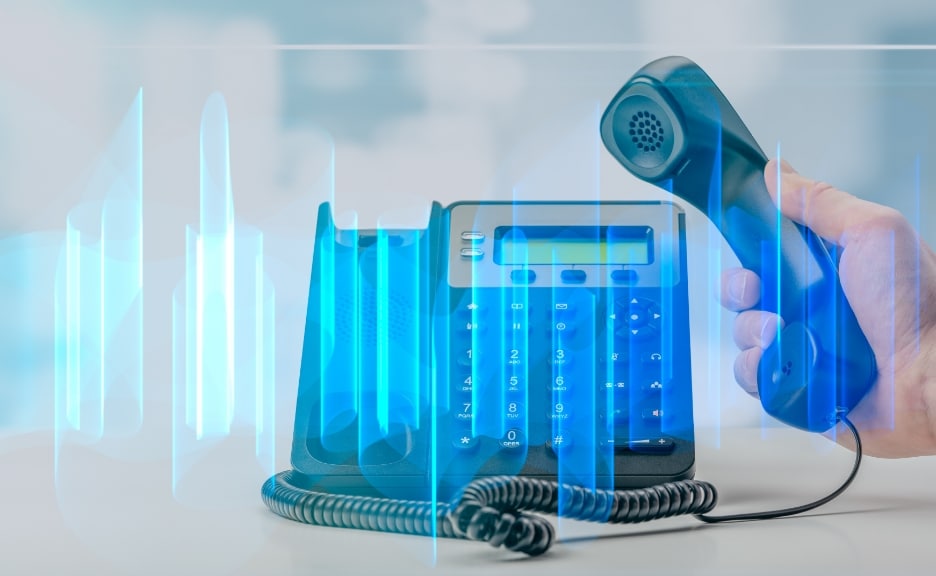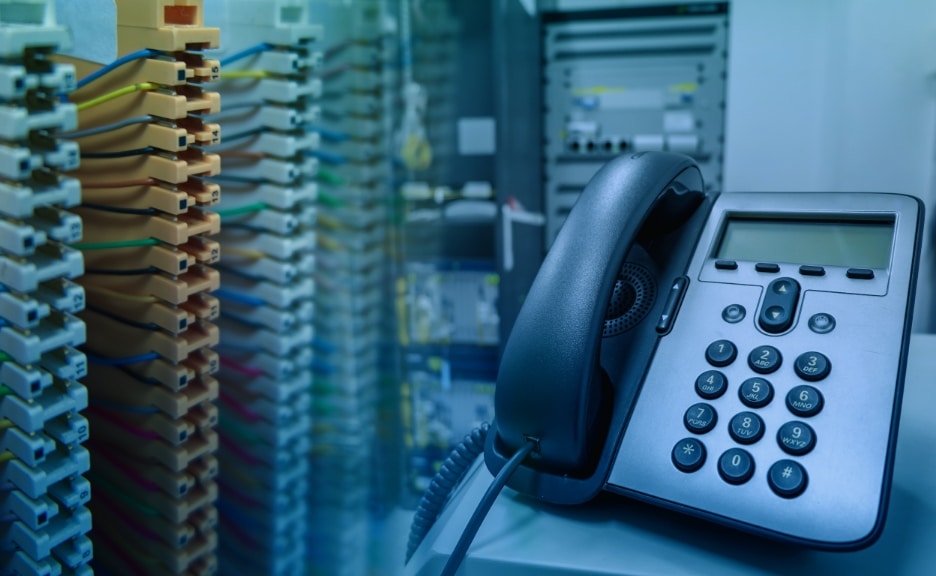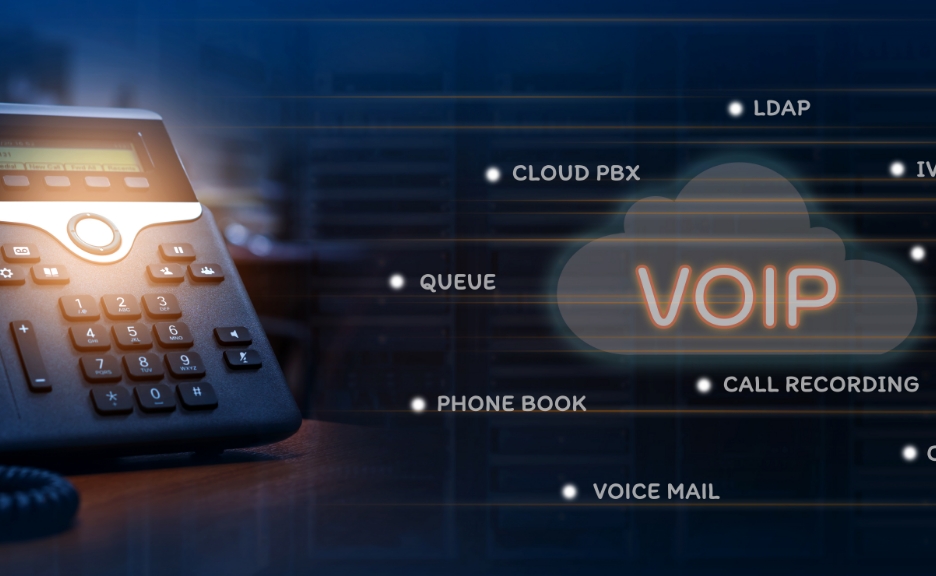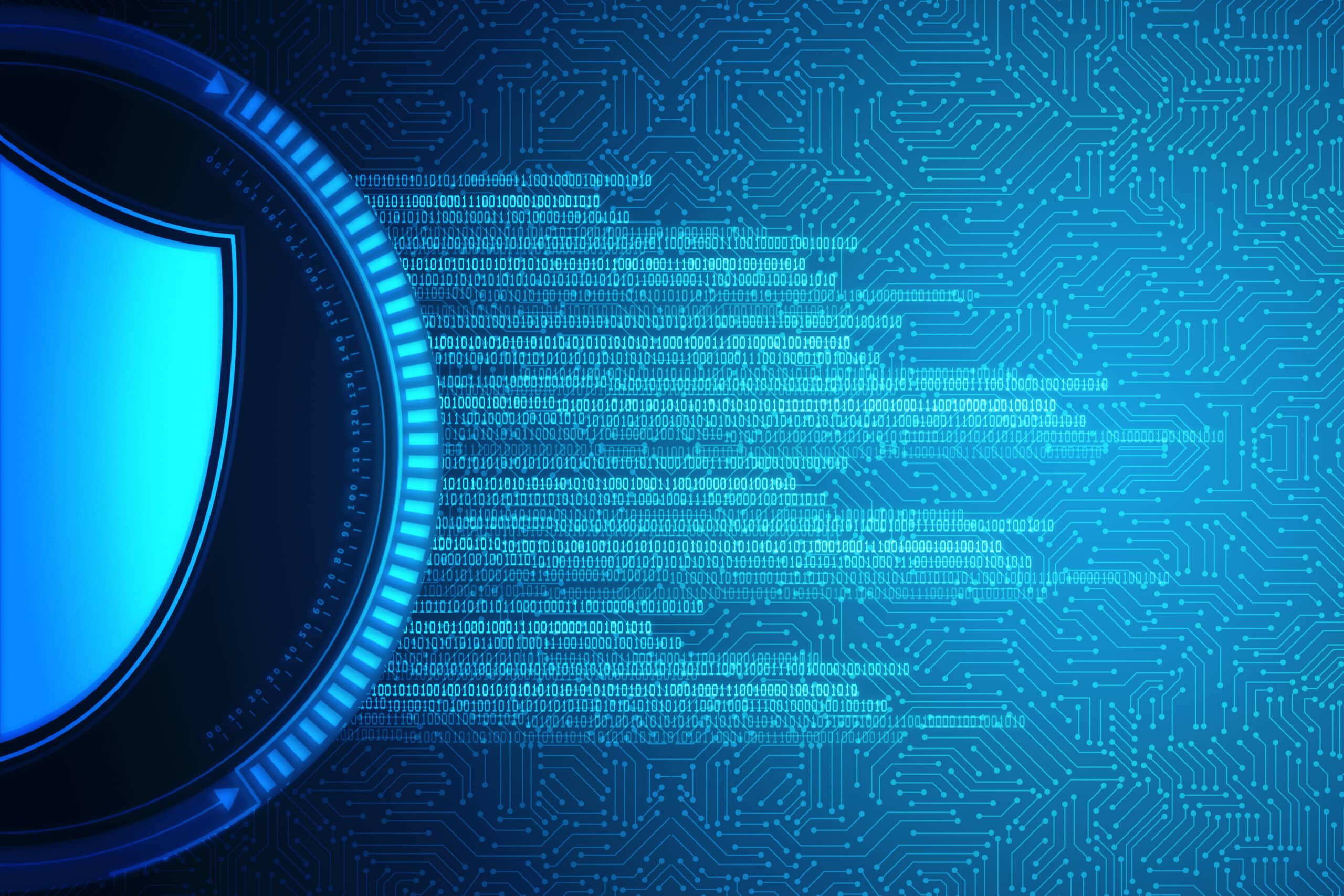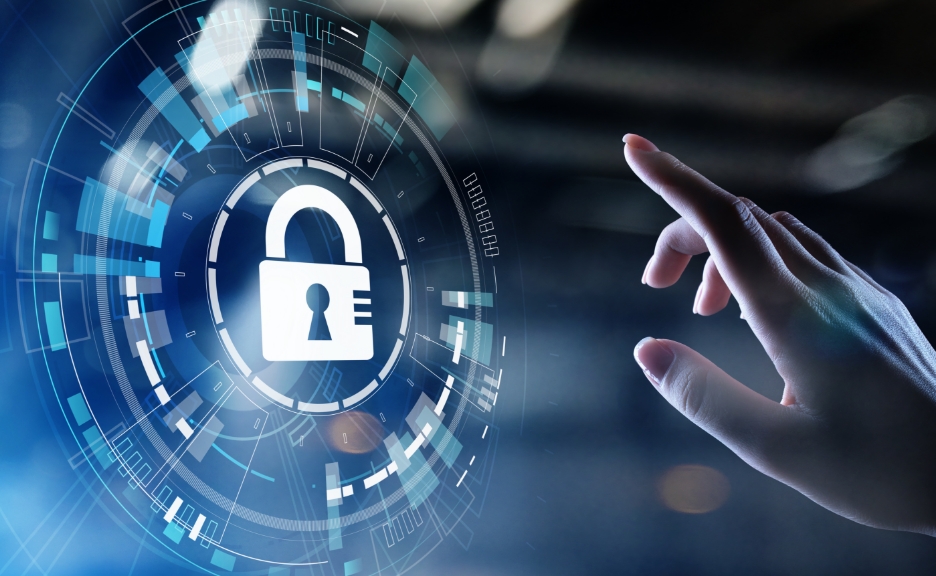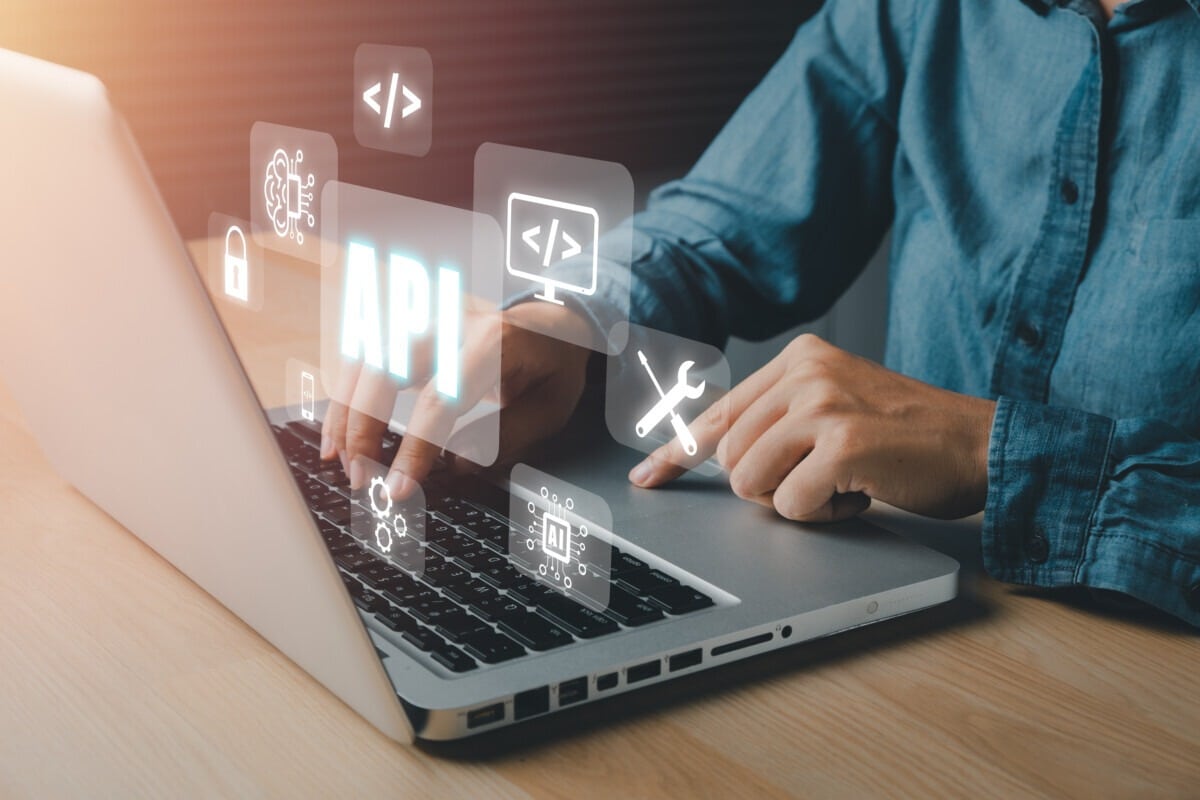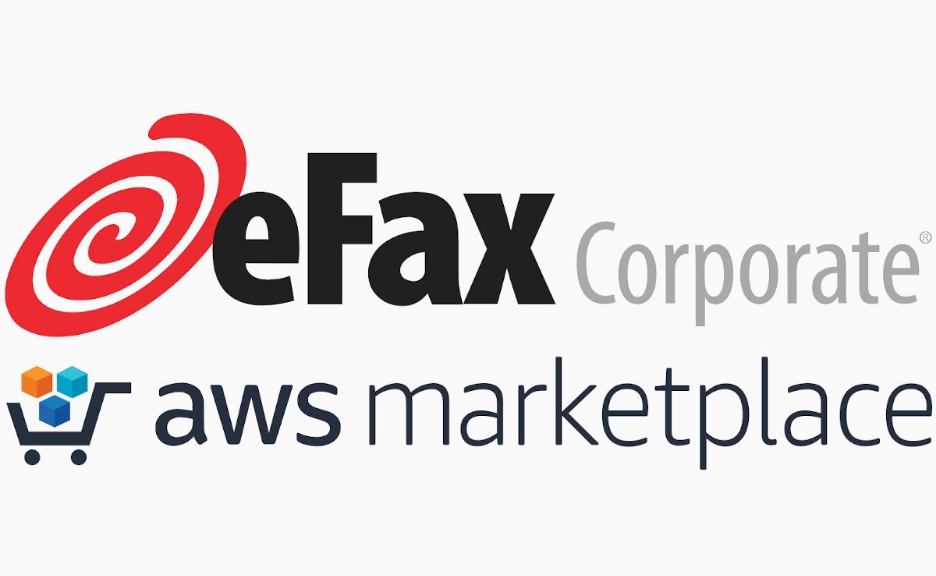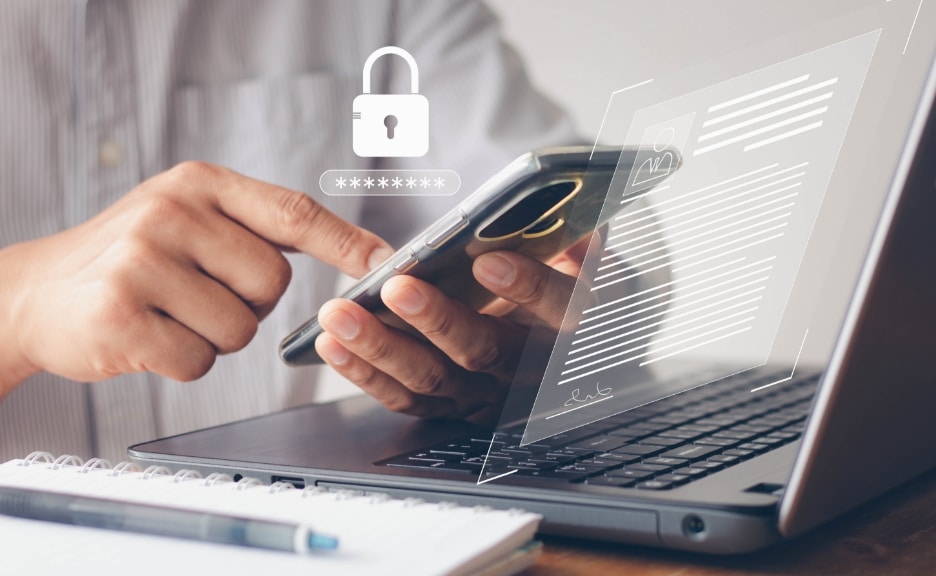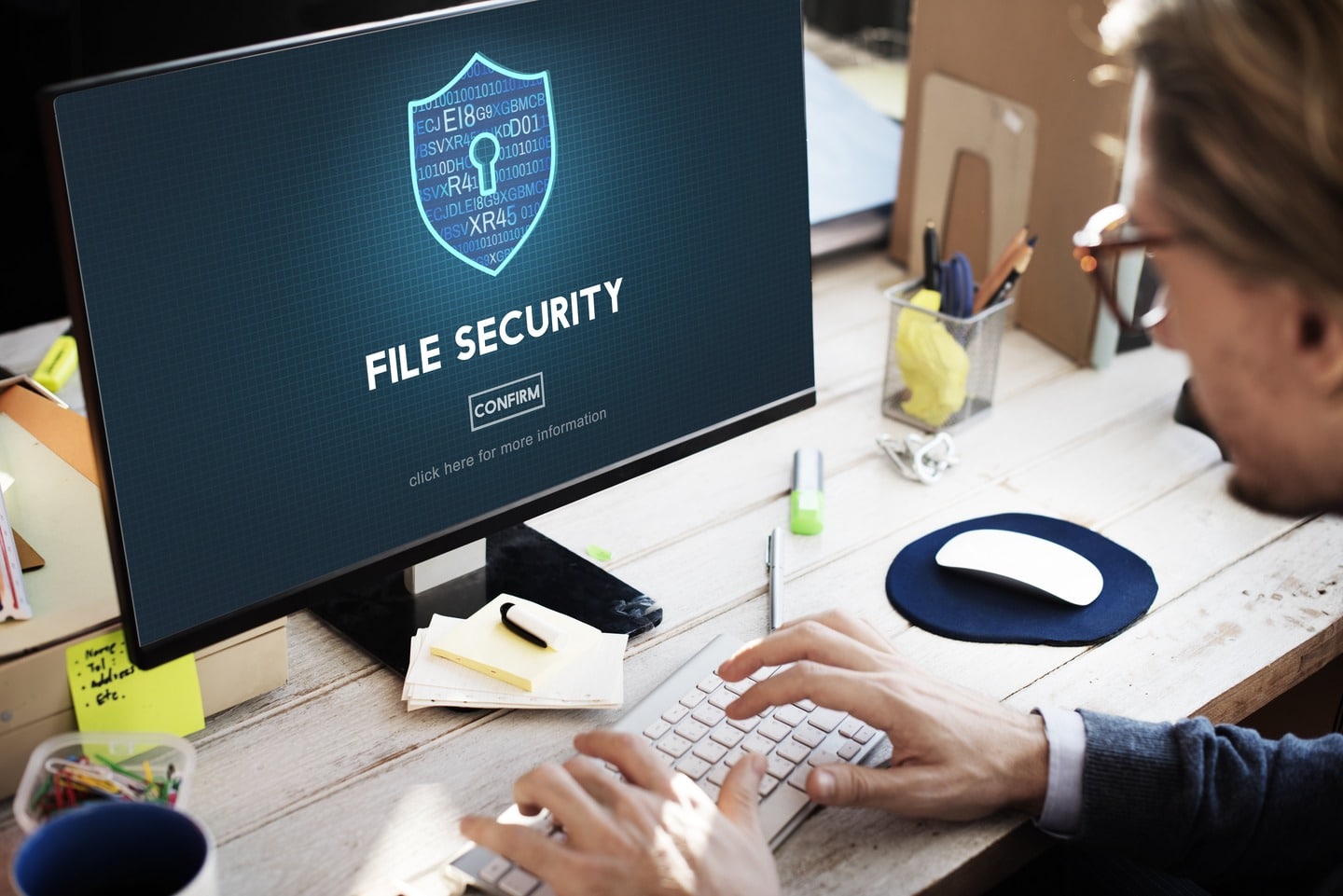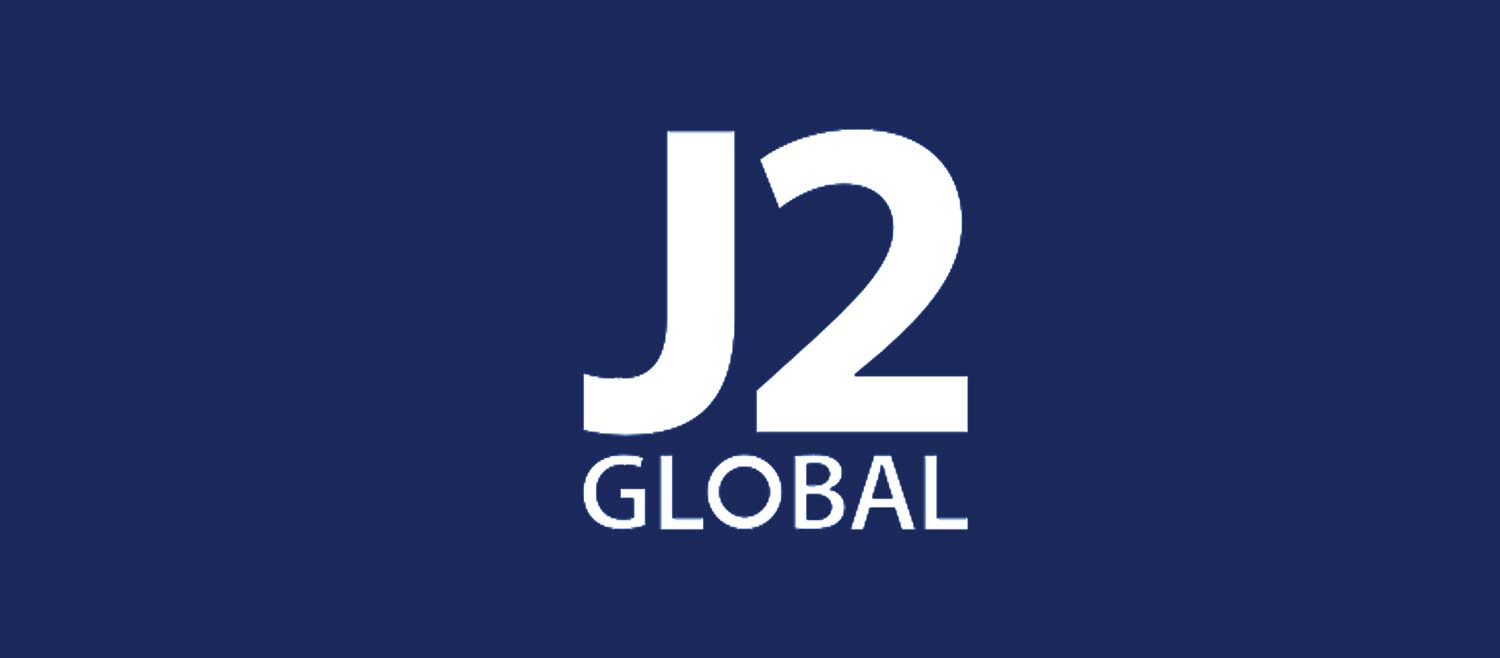Enterprise Cloud Fax
Is VoIP Fax Secure? How to Protect Your Business Communications
Compare All PlansStart Faxing Now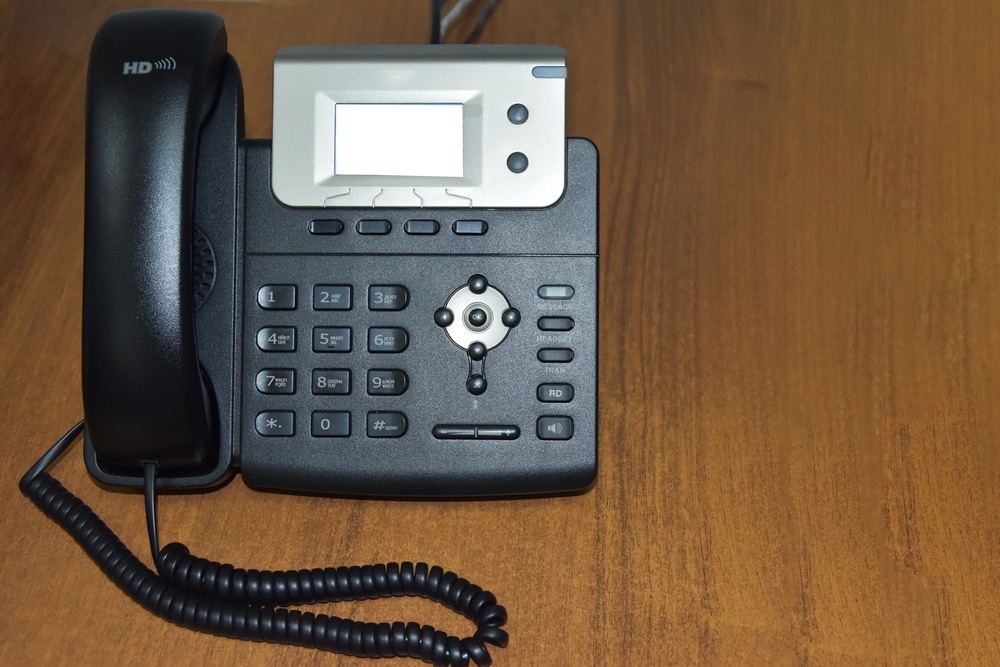
Voice over Internet Protocol (VoIP) faxing takes traditional analogue faxing online. VoIP faxing, just like VoIP telephony, grew in popularity in the 2010s thanks to its cost-effectiveness and versatility.
In Fax over VoIP services, a traditional fax machine is connected to a VoIP line using an Analog Telephone Adapter (ATA). With this connector installed, your fax works just like any other VoIP device. This system takes advantage of the lower cost of VoIP lines compared to traditional analogue phone lines. These lines are often referred to as public switched telephone network (PSTN) or plain-old telephone systems (POTS).
A VoIP fax is basically the same as a traditional fax, but the fax data is sent over the internet via VoIP lines. VoIP fax differs from eFax Corporate or internet faxing in that the fax signals are still sent in the same way as traditional faxing, whereas internet fax services encrypt fax data and distribute it through the internet just like any other data transmission.
The problem with VoIP faxing is that it’s unreliable and insecure. Regulatory requirements like the Health Insurance Portability and Accountability Act (HIPAA), General Data Protection Regulation (GDPR) and the Payment Card Industry Data Security Standard (PCI-DSS) have stringent rules for transmitting sensitive data.
Businesses at risk of data breaches or failures caused by insecure transmissions include:
- Healthcare
- Finance
- Legal
- Government
- Corporate governance
Organizations in these industries require robust security measures for any transmission, including fax.
Why Your Business Needs Strong VoIP Security Measures
VoIP security breaches can substantially impact companies and organizations that handle sensitive documents and information. Clients, staff and other stakeholders trust organizations with personal data and confidential files. The leak of this data can cause loss of income, identity theft, corporate espionage and more.
Insecure VoIP fax systems are vulnerable to cyber attacks like denial of service (DoS) attacks that shut down business communications and lock out companies from their business.
These breaches can also lead to altered or incomplete data transmission that might lead to compromised data or even cause information to be corrupted before it is received.
Lastly, the regulations we spoke of above include hefty financial penalties and sanctions. Insecure communications can result in breaches that lead to fines, loss of business and even loss of license in regulated industries.
The Most Common VoIP Security Risks
There are a few common issues and risks that can cause VoIP faxing trouble. They include:
Call intercept
Intercepted calls are a common issue with VoIP networks that don’t use end-to-end encryption protocols like Transport Layer Security (TLS) or Secure Real-Time Transport Protocol (SRTP). Unencrypted VoIP calls make it easy for bad actors to access your data while in transit.
Malware attacks
Malware is another top security risk for VoIP fax systems. Malware types include:
- Trojan horses that use apparently legitimate software to infect your own systems
- Ransomware that locks users out of system data or hijacks transmissions to extort money
- Spyware that logs data you transmit to steal sensitive information or secrets
Brute force attacks
Brute force attacks include DoS attacks that overwhelm systems to cause them to fail and collapse, interrupting communications, as well as War Dialing attacks, where systems automatically dial VoIP numbers and scan the associated networks for vulnerabilities to exploit.
Phishing attacks and social engineering
Phishing attacks attempt to get users to open files or click links that install malware on their system or give access to bad actors. Phishing is the most common form of social engineering. Other forms might see people pretend to be someone they’re not to gain access to sensitive data.
8 Best Practices to Safeguard Your VoIP Fax Systems
The good news is that you can mitigate the risks of a VoIP fax service by following some best practice tips. These are:
1. Encrypt your VoIP systems
Encryption is the best way to protect your data in transmission. High-end encryption protocols like TLS make it much harder for bad actors to access the sensitive data in your faxes during transit.
This prevents eavesdropping and interception while improving the reliability and integrity of your data.
2. Authenticate with strong passwords and 2FA
Strong passwords and two-factor authentication (2FA) make it much more difficult for hackers to infiltrate your systems. They can also help warn you if someone does try to access your systems inappropriately. Secure, unique passwords help make your systems safer.
3. Use a router with a firewall
While it’s easy to plug your fax machine and ATA directly into your VoIP network, this can make it vulnerable to external attack. A dedicated router with a built-in firewall helps fortify your network by hiding it from the internet at large. This security system blocks war dialing efforts and helps protect your network.
4. Stay up to date
Make sure your system is updated regularly with the latest security patches and upgrades. Regular updates and automatic updates help you maintain the maximum security for your software. This will help guard against viruses and other malware while also helping your system operate smoothly and reliably.
5. Monitor VoIP fax transmissions
It’s important to keep an eye on the traffic through your VoIP system. A spike in traffic can demonstrate a breach. Advanced intrusion detection and prevention systems (IDPS) can help identify any unusual or unexpected traffic in your network. Unwanted traffic can be a sign that your system is being used to send long-distance transmissions for free by a bad actor, or that there’s a malware program operating on your network.
This is a proactive way to monitor your systems and promote security.
6. Conduct regular training
Security starts with staff. Educate and inform your team on the importance of VoIP Fax security and make sure they comply with strong password protocols and other best practices.
Teach them how to identify and respond to phishing attacks or other social engineering attempts. Regular data management training is also a requirement in many data handling regulations, so it’s important to keep your team well-trained and informed.
7. Implement advanced security for VoIP
Advanced security protocols like Session Border Controllers (SBCs) and Quality of Service (QoS) Policies help isolate your VoIP network and prioritize data sent through this service. This makes your call quality stronger, which helps prevent interception and improves the reliability of your data transmission.
8. Conduct security reviews and audits
Inspect your various procedures and systems regularly to make sure that your security protocols are being implemented and followed company-wide. Assess recent transmissions, perform internal security tests and drills and make sure that your systems are all in place and functioning as expected.
These tips can help secure your VoIP systems.
Effective Tools and Technologies to Safeguard VoIP Breaches
In addition to the tips above, there are specific tools and technology designed for fax over VoIP services. These tools include:
- Secure Real-Time Transport Protocol, or SRTP, ensures fax packets aren’t intercepted in transit by encrypting the fax data.
- Session Initiation Protocol-Transport Layer Security offers a secure channel for your transmissions, kind of like a walled express lane on the highway.
- Intrusion Prevention Systems help block unwanted traffic to actively repel malware attacks and infiltrations.
These tools and others are usually found in dedicated Unified Threat Management platforms. UTM platforms bundle an antivirus, intrusion prevention, firewall, VPN and web filtering into one software solution that protects your network.
How eFax Corporate Is Revolutionizing VoIP Security Standards
Using fax over IP services is one way to move your faxing into the digital age. eFax Corporate takes digital faxing a step further by seamlessly integrating faxing into your existing workflows.
The eFax Corporate cloud fax solution makes for better encryption, higher data integrity and more efficient faxing than fax over IP. It also requires less cost and less hardware. VoIP faxing still requires a fax machine, a dedicated VoIP line and consumables like fax paper and toner.
An internet fax solution through eFax is more reliable and secure than VoIP systems because it uses state-of-the-art encryption to protect your data, and the same robust data transmission systems as other internet services to send your faxes.
And, because of its cloud-based nature, eFax Corporate makes document management easier and more efficient. You can store, search and retrieve your documents from a secure online portal, and you’ll always know the status of sent faxes.
In short, online fax solutions have replaced fax over IP services because they’re easier to use, cheaper, integrate more seamlessly with existing workflows and they’re more reliable.
FAQs About VoIP Fax Security
Is fax over VoIP secure?
Many users wonder, “Is VoIP secure?”. The short answer is: it can be, if you follow the right protocols, use the right software and take steps to safeguard your VoIP fax systems. There are many factors in play that affect whether or not VoIP is secure, and it’s important to carefully assess and install your solution to safeguard your data.
Is VoIP a security risk?
VoIP is a security risk if it’s set up poorly, if you don’t follow best practices for protecting against VoIP fax risks, and if you don’t encrypt your transmissions. Safe VoIP faxing is possible, but it requires following the VoIP fax security protocols outlined above.
How can firewalls be configured to protect VoIP systems?
Firewalls can help you build secure VoIP faxing systems and ensure VoIP fax privacy by hiding your fax network from the outside world. Firewalls make it impossible for automated bots to scan your network and discover your fax machines with simple war dialing efforts or scans. Firewalls control data transmission to secure VoIP faxing.
How can VoIP systems be protected against malware?
Anti-virus software, firewalls and regular security updates help prevent malware and virus intrusions into your VoIP fax network.
Can hackers listen to VoIP calls?
Eavesdropping is one of the most common VoIP fax risks. It’s easy for hackers to intercept unencrypted VoIP calls and listen in to steal sensitive data. Encrypted communications and secure lines help to prevent this from happening.
How frequently should VoIP passwords be updated for security?
The best practice is to update your VoIP passwords with strong, unique passwords at least once every 90 days. You should also consider using 2FA for an extra level of security against unauthorized access.
Are mobile VoIP applications secure for general use?
The question “Is VoIP secure?” often comes down to the protocols and measures you put in place around your VoIP system. Mobile VoIP applications may be more vulnerable to malware due to the nature of smartphones and the way that we use mobile devices. With proper use and adherence to security protocols, mobile VoIP applications can be safe to use.







